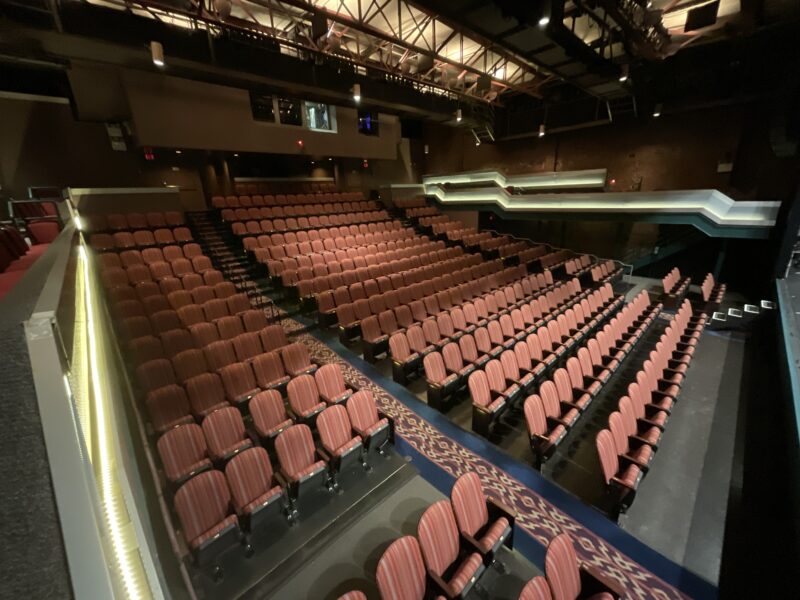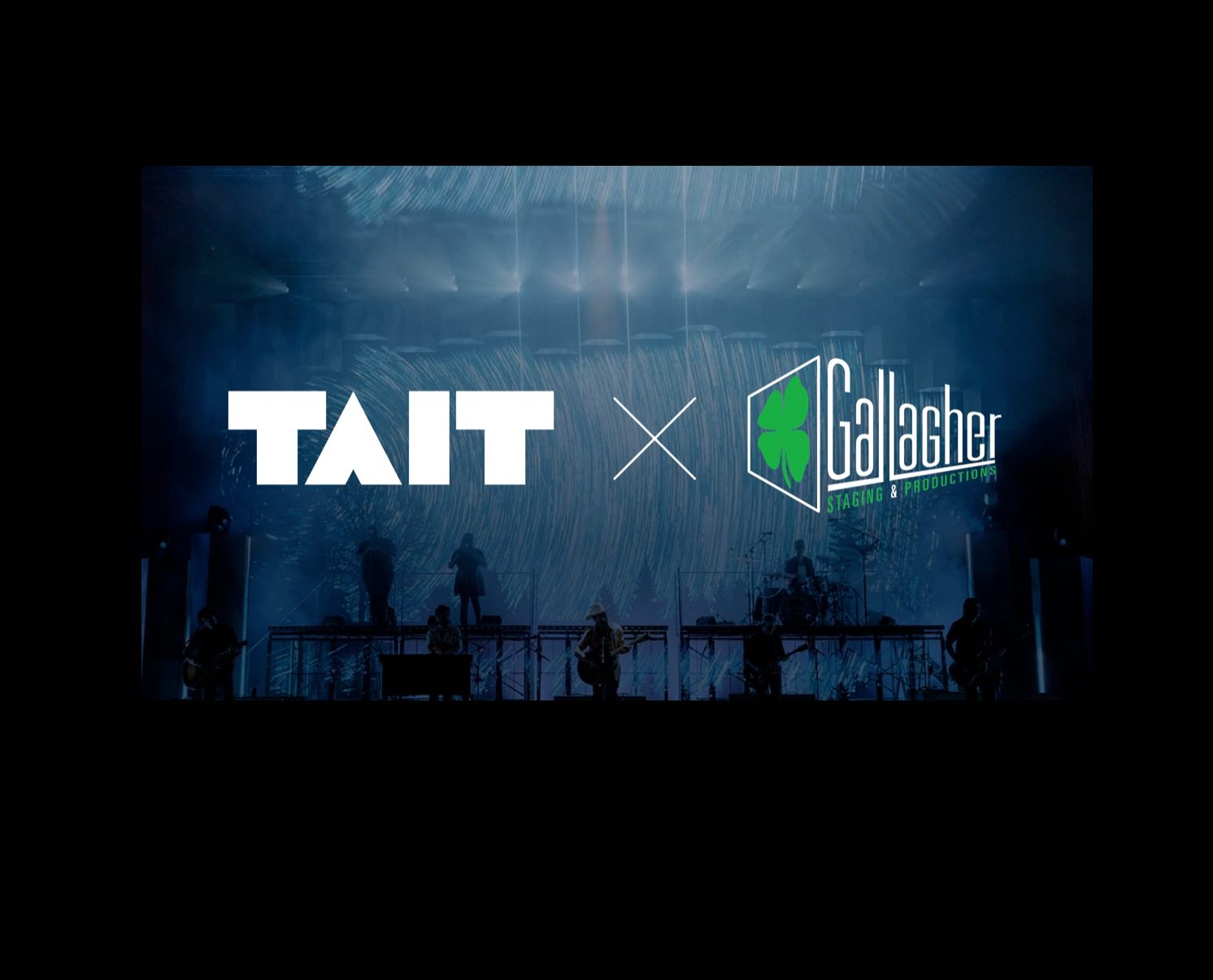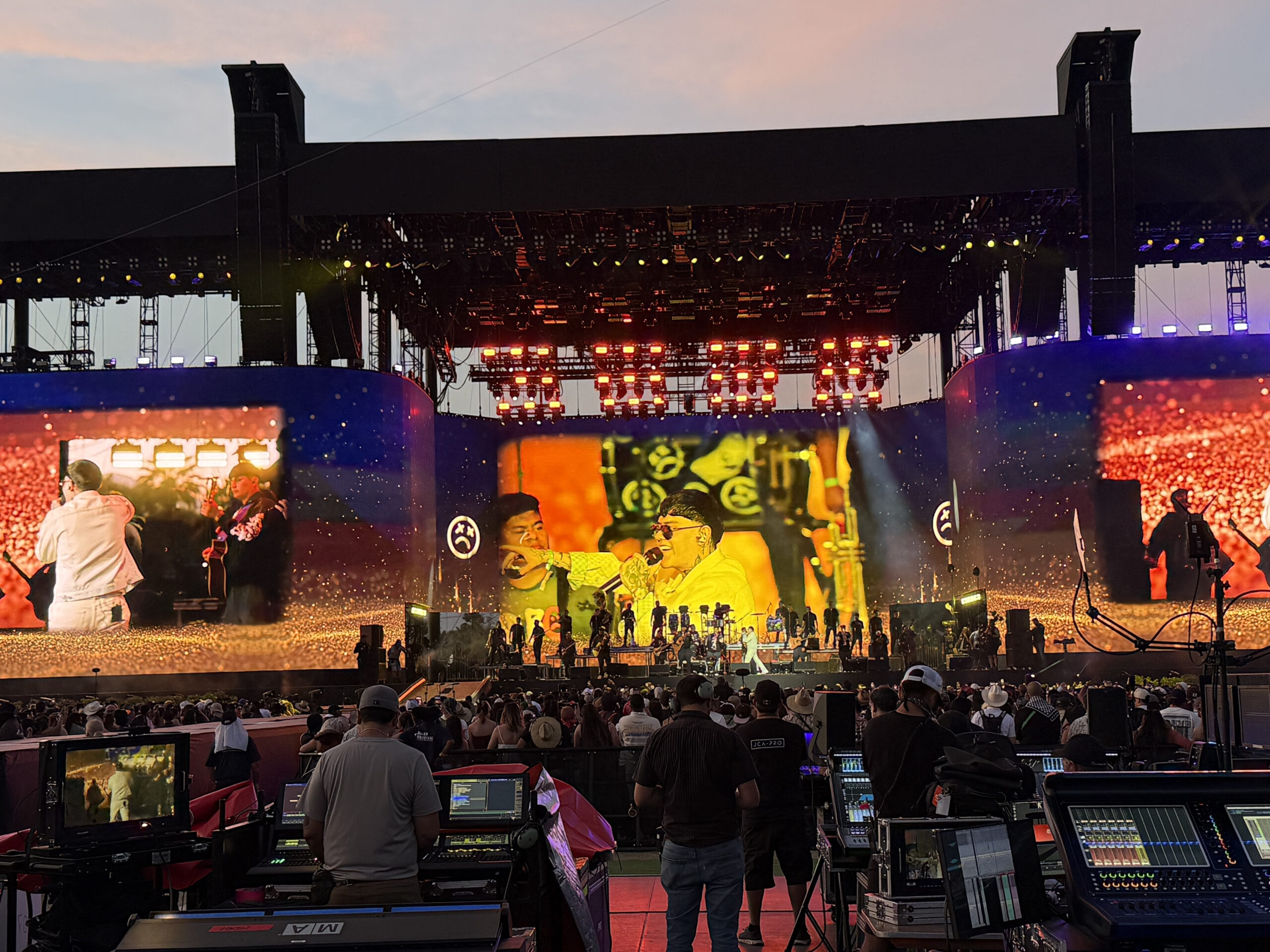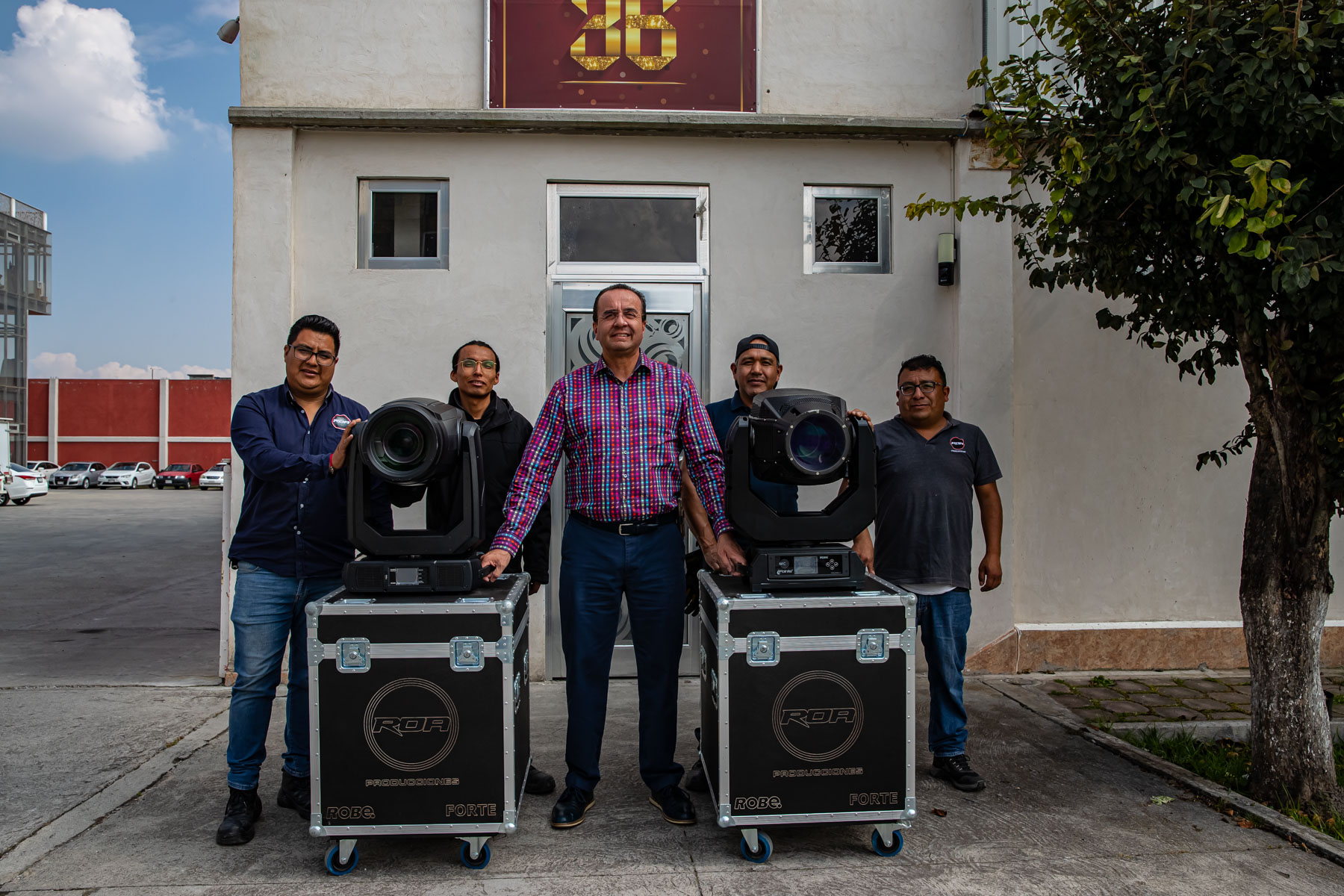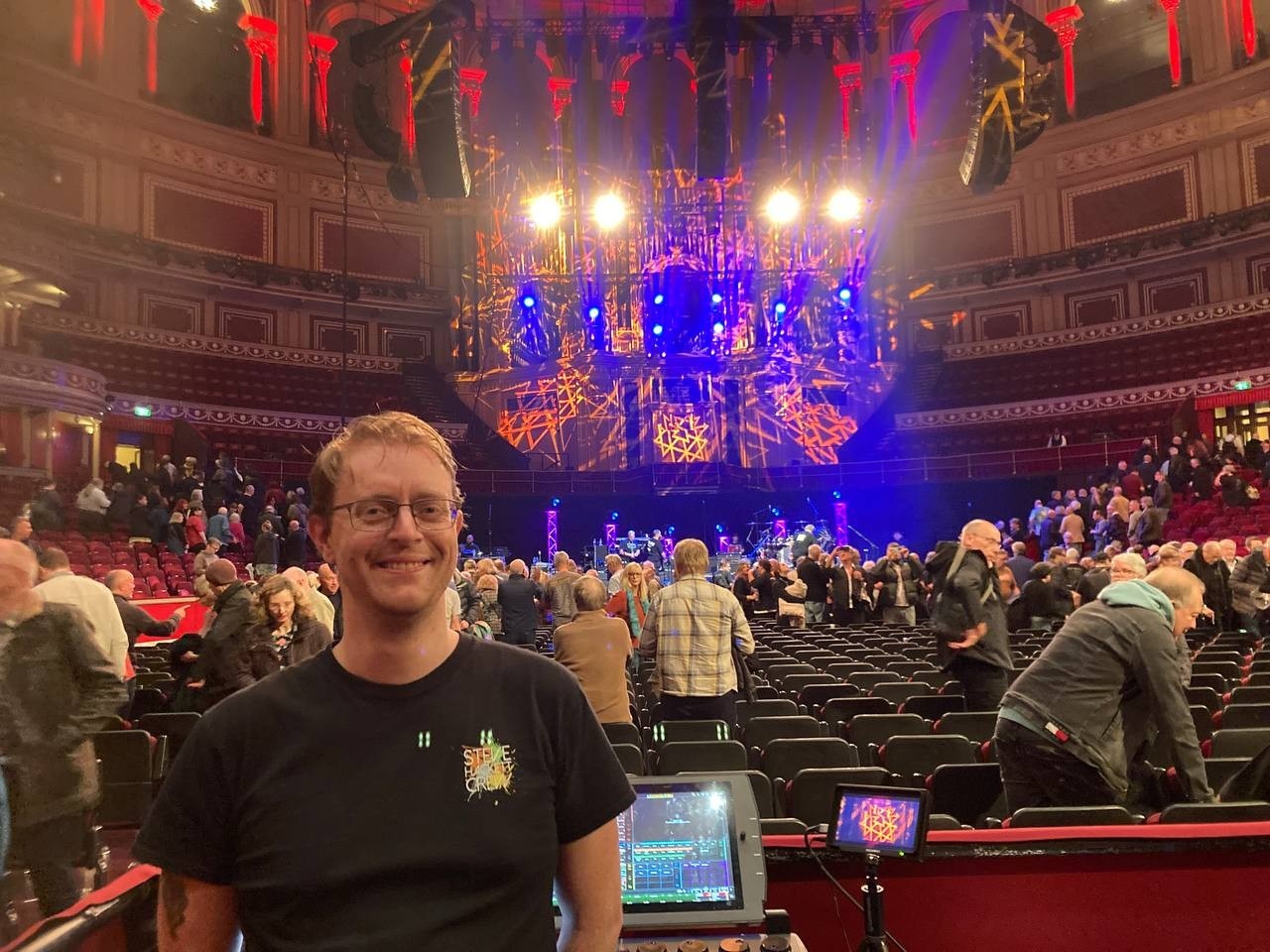Blackmagic Design announced that The Joyce Theater, a 472 seat dance and performance venue in the heart of Manhattan, relies on Blackmagic Micro Studio Camera 4K G2 and numerous Blackmagic Design converters to create archival footage of performances. The footage is used by dance companies for daily notes, as a record of a particular performance, or for teaching purposes for new dancers or stage managers.
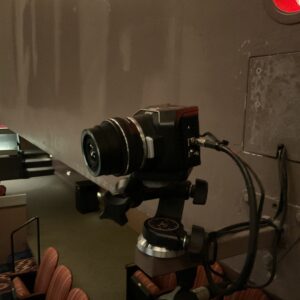 Since opening in 1982, The Joyce has supported the dance community by providing a home for more than 400 domestic and international companies and by offering an annual 45 to 48 week season, which allows more than 150,000 audience members annually to experience diverse, popular and challenging performances. According to The Joyce’s Director of Production, Jeff Segal, the theater has long been providing quality archival recordings of performances from its front of house monitor feed but recently upgraded its workflow to a digital recording format using Blackmagic Micro Studio Camera 4K G2, Teranex Mini Audio to SDI 12G converter, HyperDeck Studio HD Plus broadcast recorder and various Blackmagic Design Mini Converters.
Since opening in 1982, The Joyce has supported the dance community by providing a home for more than 400 domestic and international companies and by offering an annual 45 to 48 week season, which allows more than 150,000 audience members annually to experience diverse, popular and challenging performances. According to The Joyce’s Director of Production, Jeff Segal, the theater has long been providing quality archival recordings of performances from its front of house monitor feed but recently upgraded its workflow to a digital recording format using Blackmagic Micro Studio Camera 4K G2, Teranex Mini Audio to SDI 12G converter, HyperDeck Studio HD Plus broadcast recorder and various Blackmagic Design Mini Converters.
“In the past, we recorded to VHS and then to DVD, but as digital files are the prevailing format, we updated our own workflow. Having become familiar with Blackmagic Design products during the pandemic when we were streaming projects from the theater, we knew that Blackmagic equipment would be reliable and appropriate for what we were looking to do,” said Segal.
A Blackmagic Micro Studio Camera 4K G2 is positioned in the back of the theater above the last row of seats allowing for a wide view of the stage. It is connected to a Mini Converter SDI to Analog 4K with a single analog output to an SDI distribution box that sends an NTSC signal to monitors in several locations. The SDI output on the converter is split to two locations that can handle a higher quality signal, currently set at 1080p29.97.
One branch goes to the stage manager’s monitor, which uses a Mini Converter SDI to HDMI 3G. The other branch runs to a Mini Converter SDI Distribution in the production office. This distribution point sends the 1080p signal to a monitor in the green room and to a Teranex Mini Audio to SDI 12G, which combines the audio signal from a sound console and the SDI feed from the camera. From there, a HyperDeck Studio HD Plus provides the recording point, and a video signal is sent to a monitor located in the production office via HDMI.
 Segal chose the Blackmagic Micro Studio Camera 4K G2 for several reasons. Its compact design does not cause interference for performers or audience members, it helps modernize the theater’s workflow while still working with some older equipment that can’t be replaced yet, and its low light 4K image sensor and cinematic color science provide high quality recordings of the theater’s performances.
Segal chose the Blackmagic Micro Studio Camera 4K G2 for several reasons. Its compact design does not cause interference for performers or audience members, it helps modernize the theater’s workflow while still working with some older equipment that can’t be replaced yet, and its low light 4K image sensor and cinematic color science provide high quality recordings of the theater’s performances.
He remarked on the ease of use of the Blackmagic Design products as a whole: “The fact that all the Blackmagic equipment works so well together made the setup easier, and the ability to switch between media types in the recording process is great,” said Segal. “Besides company recording needs, we are also able to archive our weekly discussion series ‘Curtain Chat.’ The Blackmagic equipment’s ease of use also means that the Joyce staff isn’t spending a lot of time getting ready when recordings need to happen.”
Segal noted that on any given day, the performing company may ask for an archival recording of a rehearsal or performance, and some companies also request archival recordings with the headset feed for teaching and/or training purposes. The Joyce is now set up to add the headset feed into the audio feed, either in stereo or mono, as they frequently pan the show feed to one channel and the headset feed to another channel so that the company can practice and train cue calling with or without the headset feed.
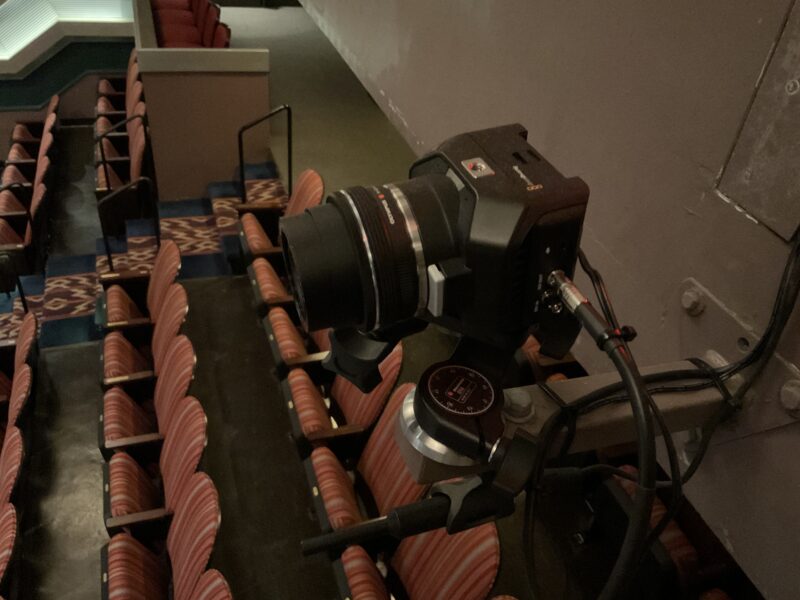
“The fact that we can provide archival recordings from our FOH monitor camera is a big bonus for many companies,” said Segal. “Our updated setup has improved our workflow and allowed us to better serve the companies that perform here because they don’t need to spend time converting or ripping files from DVDs. And if anything, recordings with headsets are something that companies can’t find elsewhere, and it’s why we’ve set our system up this way.”
He concluded, “Overall, the use of the Blackmagic gear allows us to keep pace with company needs. The equipment is reliable, sturdy, and doesn’t need much tending to. For the features available, the gear is affordable. It’s difficult for any small arts organization to purchase equipment of this quality most of the time. The added benefits that the companies gain by having the archival recordings balance the cost of the equipment.”
All photos provided by Blackmagic Design
Further information from Blackmagic Design: www.blackmagicdesign.com
